If proof was needed, they put it under our eyes. The smart phone that folds is the future. You can walk around it as much as you want, but the reality is this.
Now, this writer is not an Android user nor does he wish to become one. For work, of course, it is often necessary to also test devices based on the operating system created by Google, and it must also be said that in the last five years the quality has definitely improved, bringing them substantially closer to many of the things that once made iPhone essentially the only real one. smartphone on the market (others fortunately remain).
But, net of these arguments, the substance of what we want to see here is something else: not so much if Android is better or worse than iOS, but if the phone that folds makes sense.
A some history
During the Milanese presentation of the second generation of foldable Samsung, namely the Galaxy Z Flip, we were able to handle for a while the new phone with a form factor similar to the clamshell phones of yesteryear. It's a great phone, for what we have been able to see and test very little, actually.
Now speaking of that type of devices everyone mentions the old (very good) and new (very bad) Motorola Razr, but in reality the real antecedent is the mythological Motorola Startac, which was an (expensive) Etacs phone, that is with cell transmission but with frequencies encoded in an analog way. The writer has white hair and at the time preferred the Motorola 8700, which had a vertical setting, the retractable antenna (like the Startac) but the front flip which allowed to maximize both the strength of the phone and the battery life.
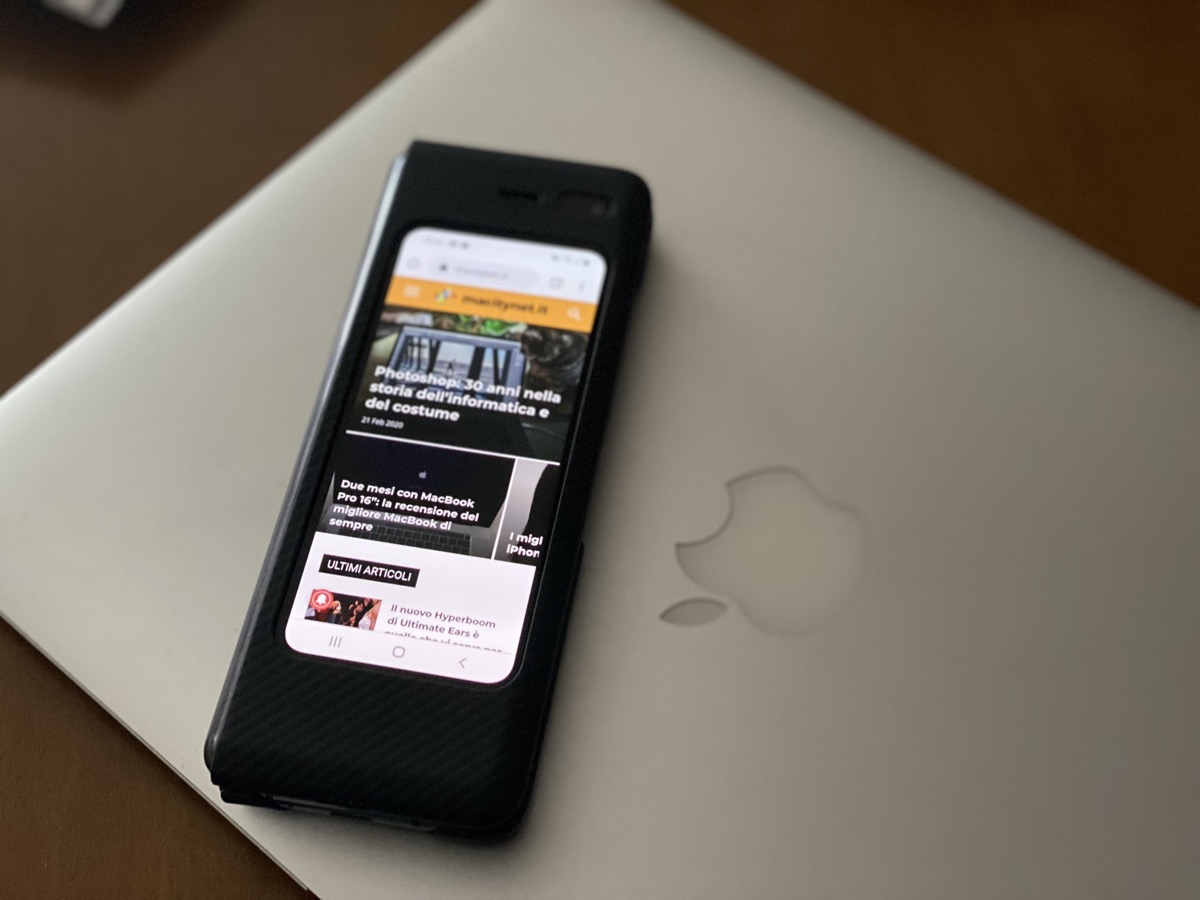
The competition to fold the phone
We come to us. Among the three players who are investing the most in folding screens right now are Samsung, Motorola, Huawei (moving forward) and a few other companies. Samsung tried snapping forward with the very first generation of the Galaxy Fold, which has another dimension, and burned its fingers due to the problems of fragile, breaking screens with unmanageable actuation mechanisms.
It was not, according to the writer, hubris. But the right vision but the inability to wait for the right moment to arrive with the first model. Even today, the “final” Galaxy Fold we are trying (we'll get to it in a moment) is extremely expensive (two thousand euros) and relatively fragile (it must be kept away from dust, crumbs, water and everything else even if it apparently does not self-destruct like Motorola's Razr). But it is a vision that points in the right direction.
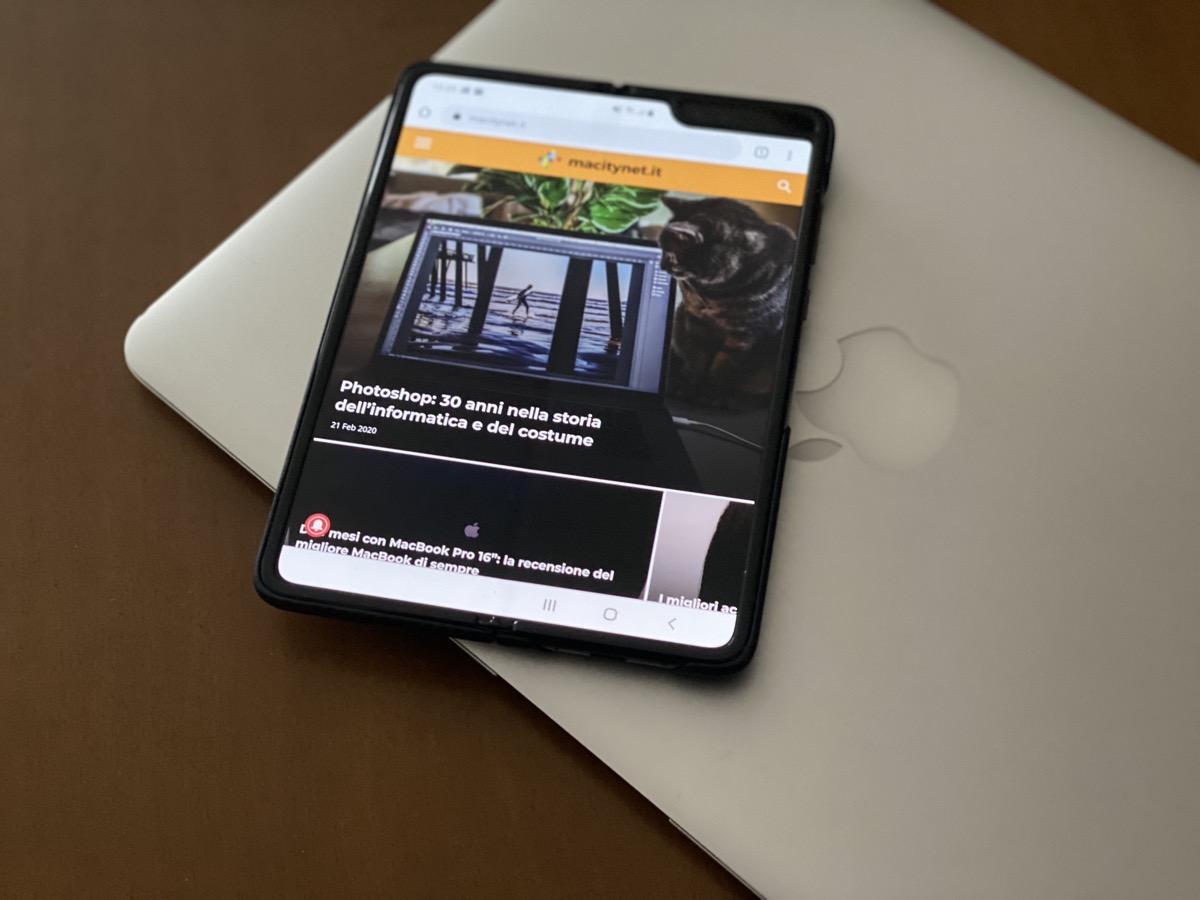
A little science fiction
In recent years there have been various Hollywood artists who have begun to work on sensible interfaces and possible interaction models, trying to redesign the technologies that could allow us to imagine the technological devices of the future. A bit like what happened with Star Trek in the 1960s, which hit almost all of today's technologies.
Think for example of the Westworld television series: the foldable appliances in the hands of the robot amusement park engineers are extraordinary and deserve to be revisited.
The basic idea is that the phone obviously becomes a very different tool, that is above all a screen to show information of various kinds coming from cloud sources (a kind of terminal) and that above all it has not only an interface that changes according to of the context, but also a physical form that changes according to the context and the need. In short, a tool that folds and opens to give more or less space to what you need to do.
Here is the Samsung Galaxy Fold
The Samsung Galaxy Fold “final version”, although there is no real attribute to distinguish it from the prototype that was sent with bad results to reporters a year and a half ago, is a fairly heavy phone and, when wrapped in its double protective skin, rather large.
Freed from this protection, it is certainly less pocket-sized than most of the market (it is substantially twice as high) but despite this it is not particularly bulky. It does not have the “petit” dimensions of its younger brother Galaxy Z Flip, but still has a not excessive footprint. And the real miracle happens when it opens: the phone displays a fantastic 7.3-inch screen in front of the user.
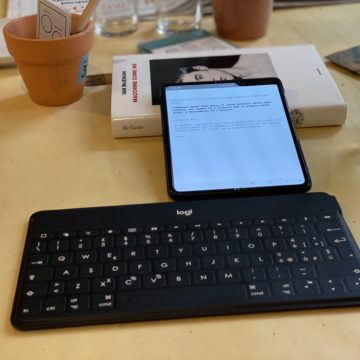
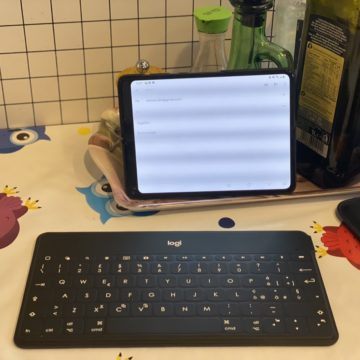
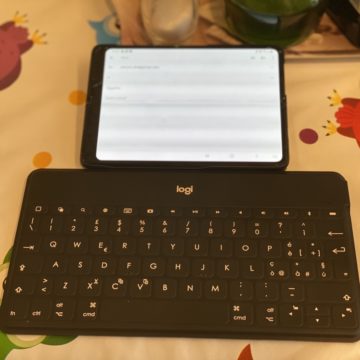
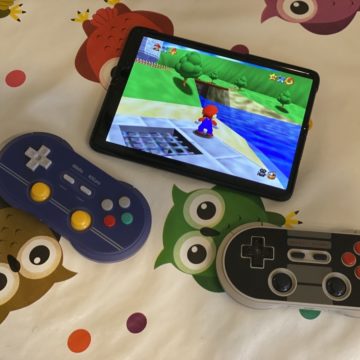
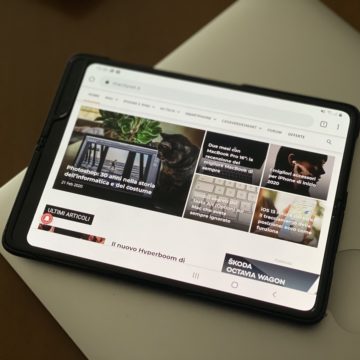
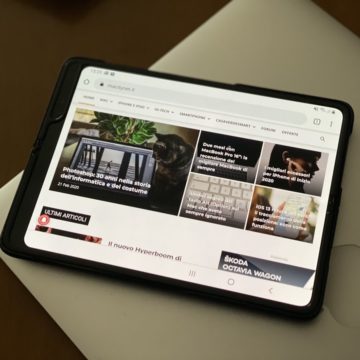
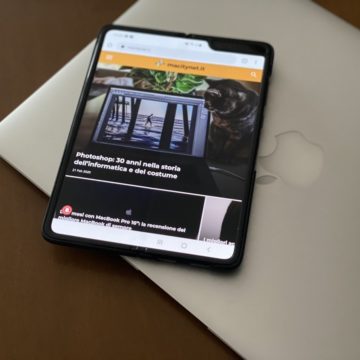
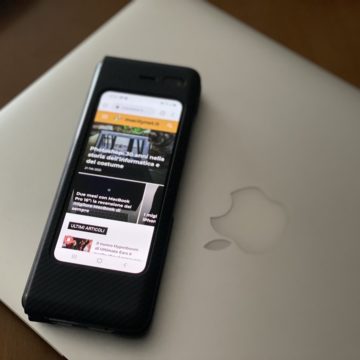
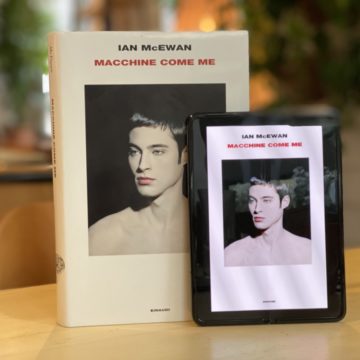

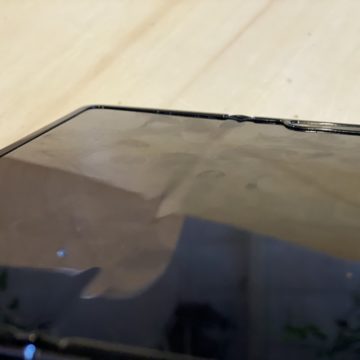
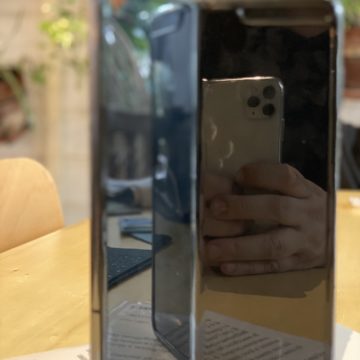
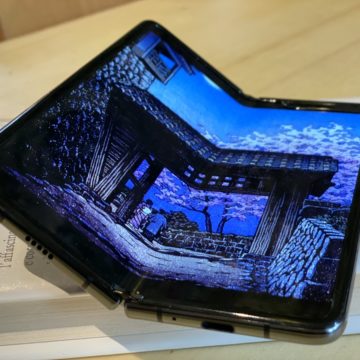
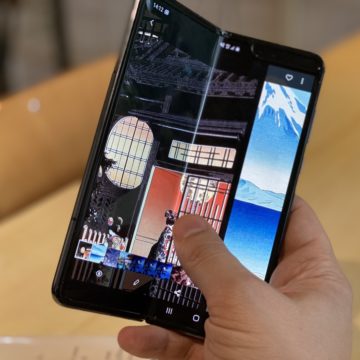
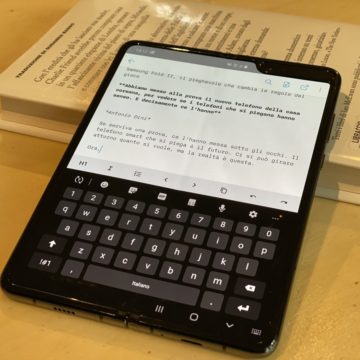
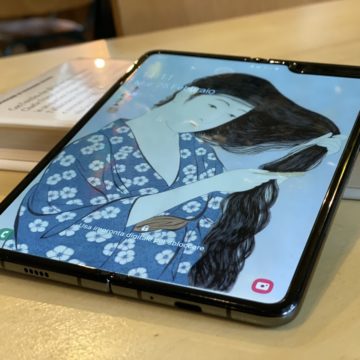
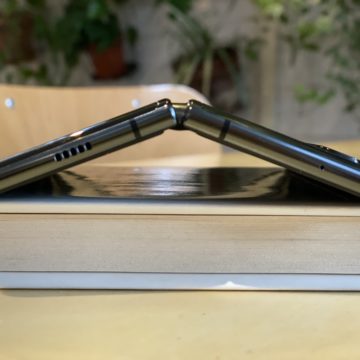
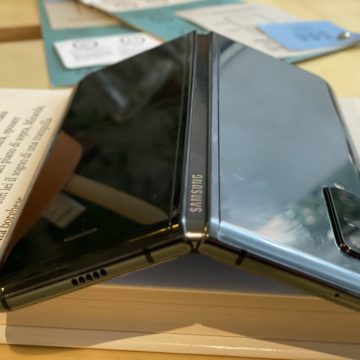
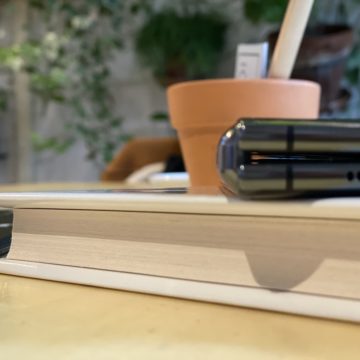
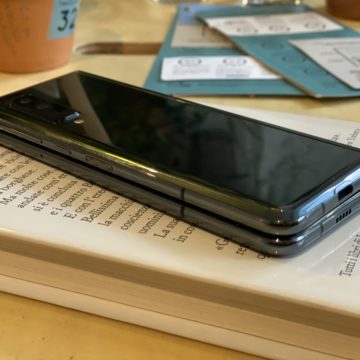
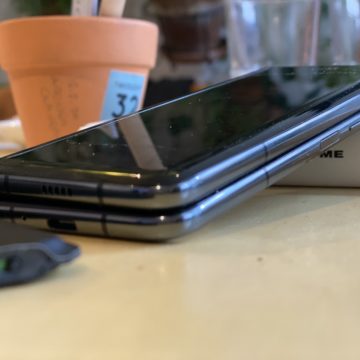
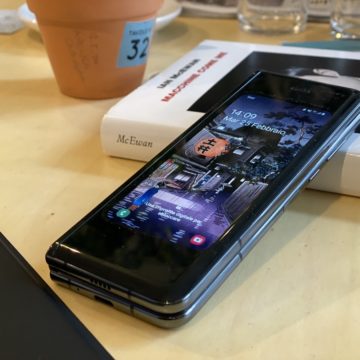
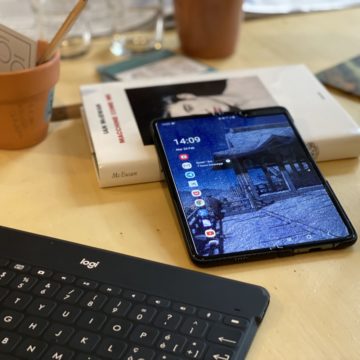
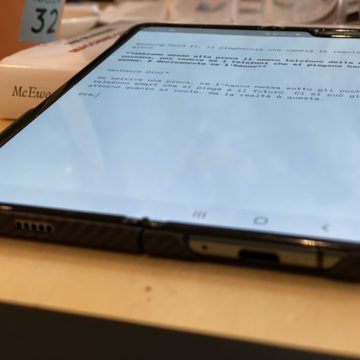
As did
The technical data are soon said: Snapdragon 855 Octa-core processor, Kyro 485, Adreno 640, 12 GB of LPDDR4X memory, 512 of storage, 4380 mAh battery (in the 4G model we are testing) and double screen. The internal one as mentioned is 7.3 inches (the iPad mini has a 7.9 inch screen), while the external one is 4.6 inches, and it is beautiful but quite old as a conception, drowned in a wide flush frame, not particularly bright despite its 397 ppi (the interior has 362) and with an extremely impractical 21: 0 aspect ratio. In short, it cannot be used as a real phone when closed, and as a screen for notifications and reading emails it is too big. Useful perhaps to see the routes with maps.
The cameras are contained on the outside (triple apparatus with two 12 megapixel sensors plus one 16 megapixel for the extra-wide that serves as a base for the contours. It also has three internal cameras, in the sense that it has a 10 megapixel one. f2.2 on the external screen and a pair, with one of 10 mp and one of 8 mp on the internal screen. in a voluminous notch that rests on the right of the screen.
The aspect ratio of the 1536 by 2152 pixel Dynamic Amoled HDR10 + internal screen is 4.2 by 3, which is rectangular pretty close to a square, at least compared to traditional phones that are more cinemascope. But for example, the iPad mini has a slightly squarer screen, exactly 4: 3.
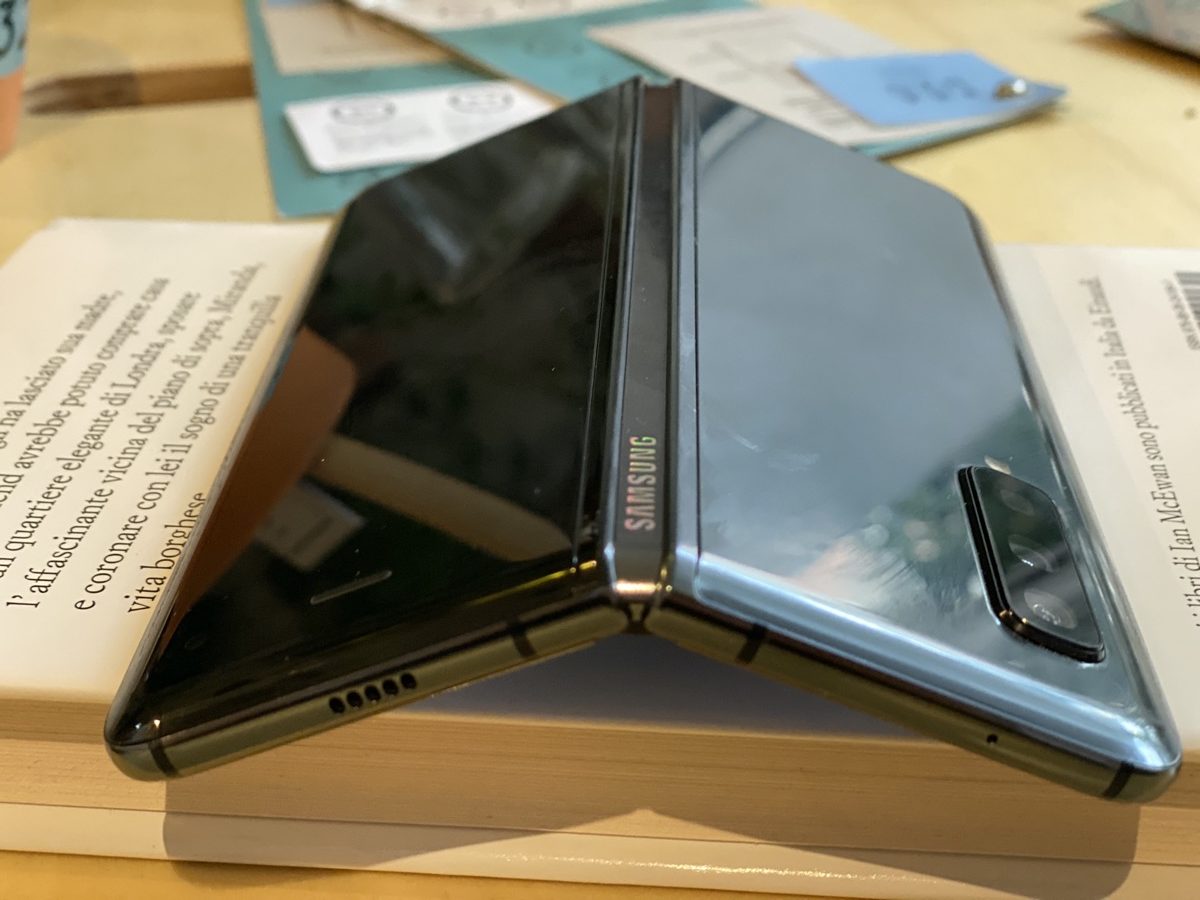
How is it going
Three considerations after two weeks of testing and obviously without being able to pronounce on the medium-long term resistance of the infamous screen joint.
The first consideration is that the battery is excellent and allows you to safely do a day and a half. The second is that this foldable phablet is a great tool for gaming: it performs well with many Android games, starting with Asphalt 9. But if you love emulation, it is a spectacular solution, compatible with joypads like the excellent retro models produced by 8BitDO. The third is that you can see the fold of the screen very well, even if the lighting hides it very well, and that in any case does not bother.
Other considerations: the fingerprint sensor (unlocking mechanism that we preferred to face recognition) is a bit erratic, also given the difficult position on the edge, under the shutdown button and the two volume buttons: it's easy to get confused .
The audio is good but not striking. But this is an amazing tool for watching Netflix, PrimeVideo or just YouTube. It must be a pleasure and the audio in that case holds up very well.
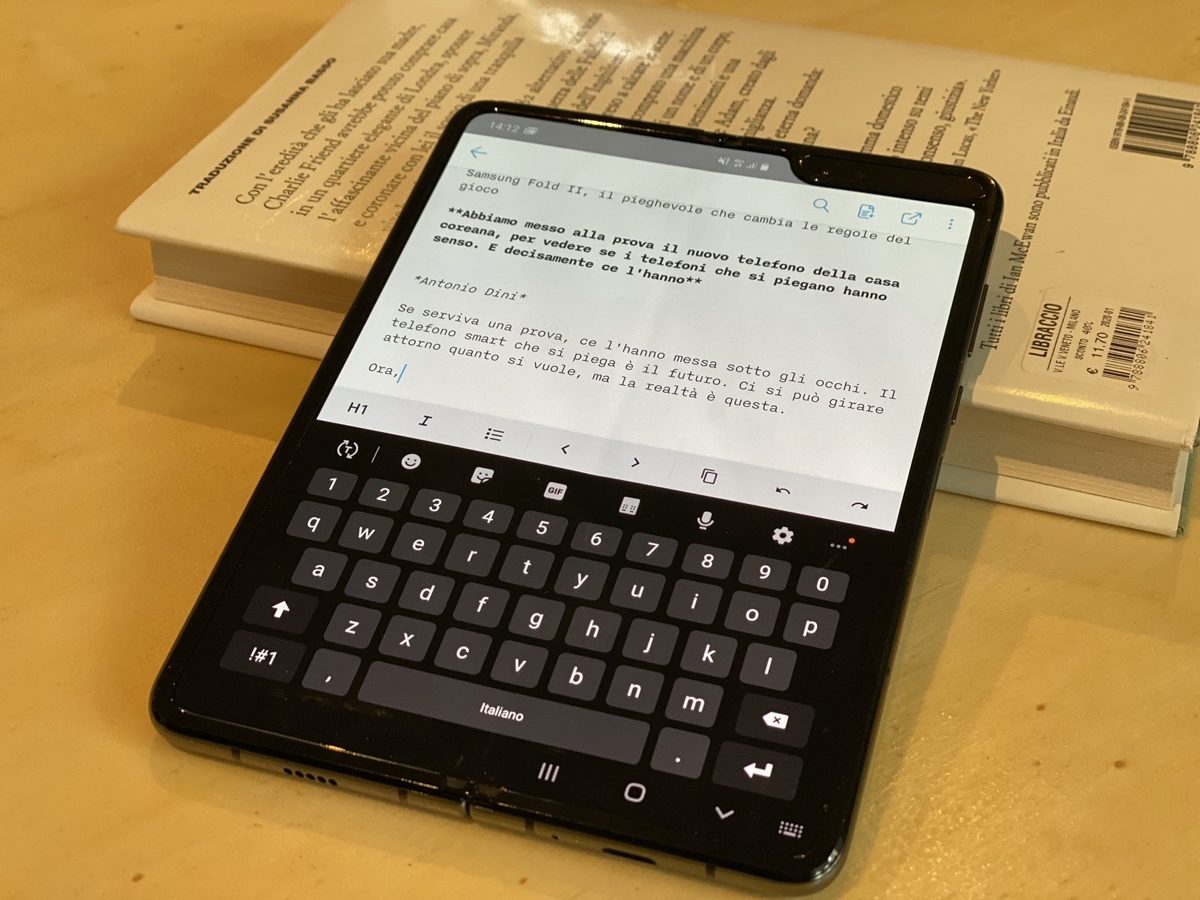
The things that can be done with a little screen
The big advantage of this device is not the processor, the screen quality, the battery life. In the Android world there are various devices that do the same things and even better, but with dimensions that are not pocket-sized. And there are flagship phones, like the famous flagships, that do even more, but with smaller screens.
No, the real small revolution of this device is obviously the ability to offer a medium-large screen and then fold in two and disappear in your pocket.
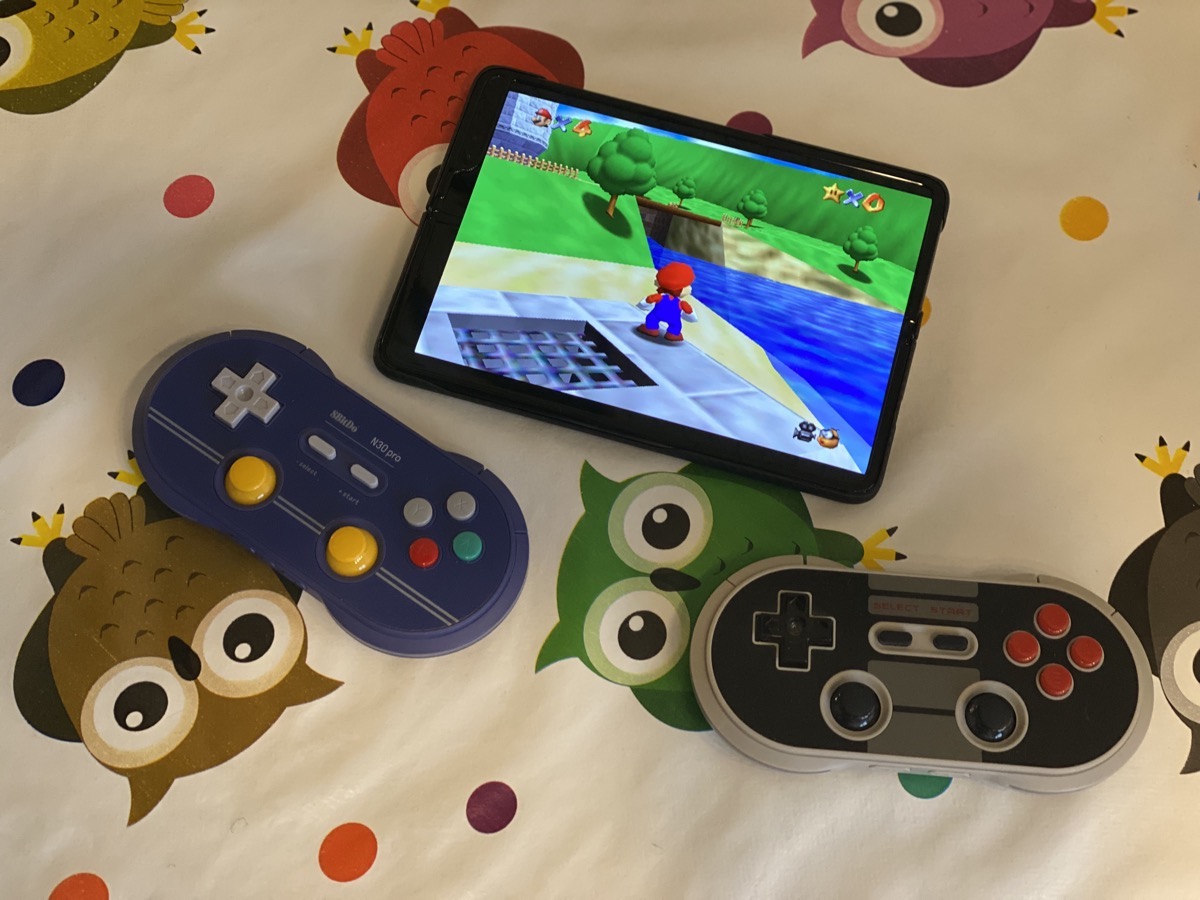
Conclusions
Close to halve. Is this the right way? Let's make an argument. The debate today is very simple. Let's take a normal phone and decide: do we want to make it bigger by opening it or make it smaller by closing it? The answer to this question is the path that the market will follow. If you go back to the beginning of the article and watch the Westworld video, you will find a lot of useful ideas. In that case the phone gets bigger and bigger because it serves as a remote control to manage rich and complex interfaces, for work. But in your free time it is possible to imagine a phone that folds in two or three and becomes very small, to disappear in your pocket.
And perhaps the answer will be that both approaches will transform the way we use information technology. For now, the frontier is so far away that it is companies that want to conquer a space that others are not allowed to move. Apple has such numbers and production methods that it cannot afford an adventure like that of the Galaxy Fold. He tried his venture with the iPhone X three years ago and still thrives on this success and competitive advantage. Samsung, Huawei and Motorola hope they can follow the same direction.
With the Galaxy Fold, both for the quality of the object and for its basic idea, we can say that in our opinion those of Samsung are definitely on the right path. It will be difficult for others to reach them, of course. But don't worry that that's the direction everyone will go in.
Galaxy Fold is also available on Amazon at € 2,050 including VAT.





